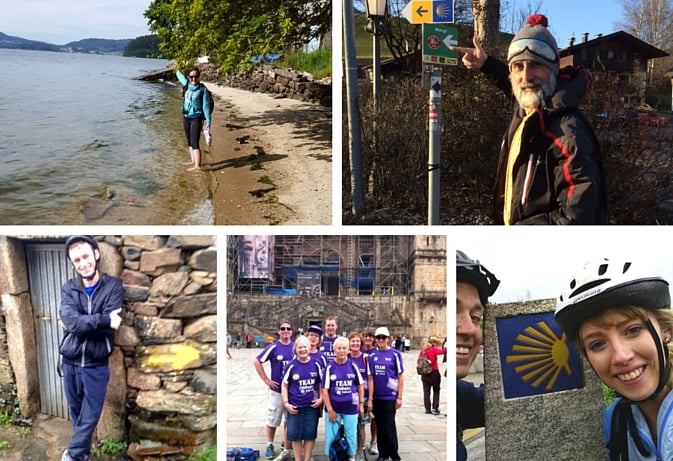The Camino de Santiago – also known simply as “the Camino” – attracts thousands of walkers and cyclists each year. But what exactly is this journey about? Is it just a long-distance walk through Spain, or something deeper? Many people speak of transformation, reflection, or even healing. But what’s behind this sense of wonder? Is the Camino experience truly magical, or is it a myth built on centuries of storytelling? Let’s take a closer look.
Table of contents
- The Basics: What Is the Camino?
- Why Do People Walk the Camino?
- A Journey of Simplicity
- The Physical Challenge
- Encounters on the Way
- Accommodation and Food: The Unexpected Joys
- Is It a Pilgrimage or a Holiday?
- The Compostela: Certificate or Closure?
- When Is the Best Time to Go?
- So, Is the Camino Experience Worth It?
- Frequently Asked Questions (FAQ)
The Basics: What Is the Camino?
The Camino de Santiago is a network of pilgrimage routes leading to the Cathedral of Santiago de Compostela in Galicia, where the remains of Saint James are said to rest. The most popular route is the Camino Francés, starting in Saint-Jean-Pied-de-Port, France, and stretching over 800km across northern Spain.
Other routes include the Portuguese Camino, the Camino del Norte, and the Via de la Plata, each offering different scenery, cultural experiences, and levels of challenge. For more route options, check out the Camino routes overview.
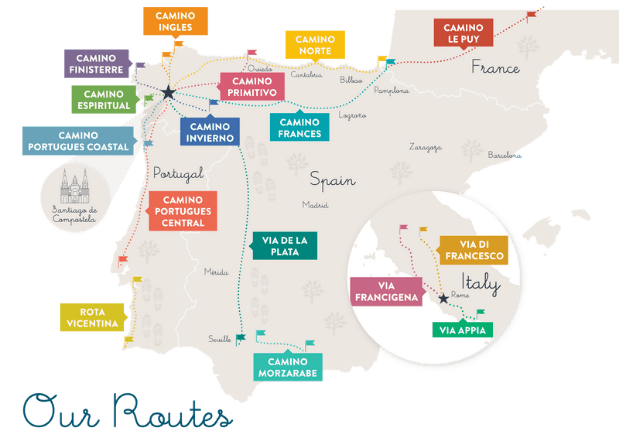
Why Do People Walk the Camino?
The motivations vary widely.
Some seek spiritual or religious meaning, following in the footsteps of medieval pilgrims. Others are driven by a desire for adventure, fitness, or time away from daily life. Then there are those walking to heal—from loss, burnout, or life transitions.
Still, it’s natural to wonder: is the transformation truly genuine, or does the idea of the Camino simply inspire a sense of meaning? After all, any long journey on foot can lead to reflection—so what makes this one stand out?
Maybe it’s the unique blend of peaceful solitude and shared experience, or the steady rhythm of walking each day through centuries-old landscapes.
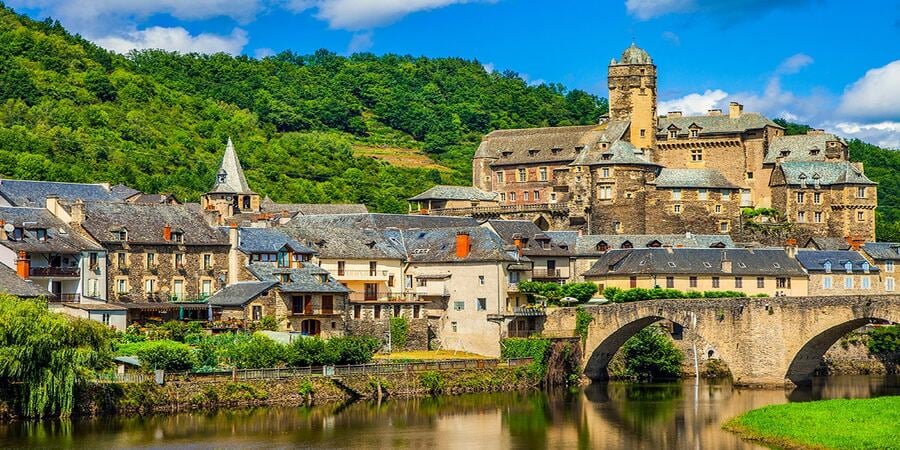
A Journey of Simplicity
One of the most striking aspects of the Camino is its simplicity.
You wake up, eat, walk, eat again, and sleep. The routine becomes meditative. Distractions fall away. There’s no need to plan each moment, as the way is marked with yellow arrows or scallop shells.
This daily rhythm allows space for something rare: mental stillness. Is this what so many walkers describe as clarity? Or is it merely a break from the chaos of modern life?
Regardless, it’s powerful.
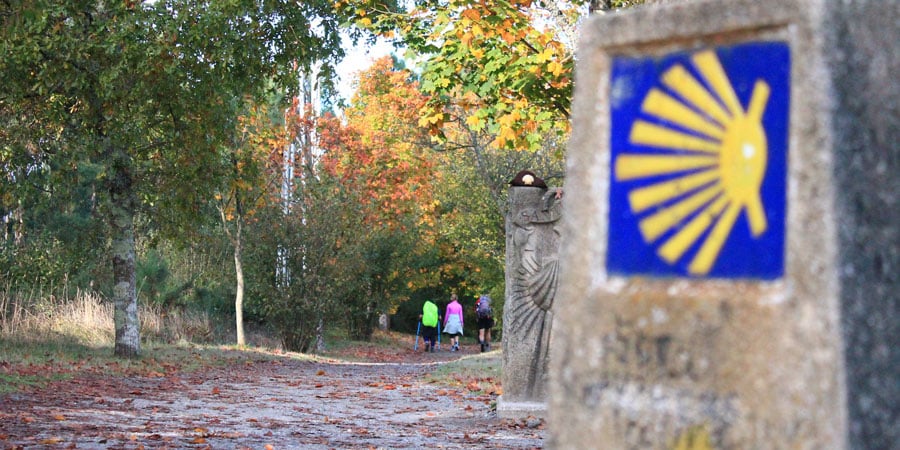
The Physical Challenge
Let’s not romanticise too quickly. The Camino is a physical challenge. Blisters, sore knees, exhaustion—it’s all part of the experience. And yet, walkers often report feeling stronger as the days go on, not weaker.
There’s a satisfaction in moving under your own steam, in seeing the landscape change with your footsteps. Whether crossing the Pyrenees or winding through the Galician hills, you’re reminded that your body is capable of more than you thought.
Curious about how much walking is involved? Use this Camino distance planner to see what’s right for your fitness level. Unsure if you’ll be able to walk it? Find out whether you’re fit enough to walk the Camino.
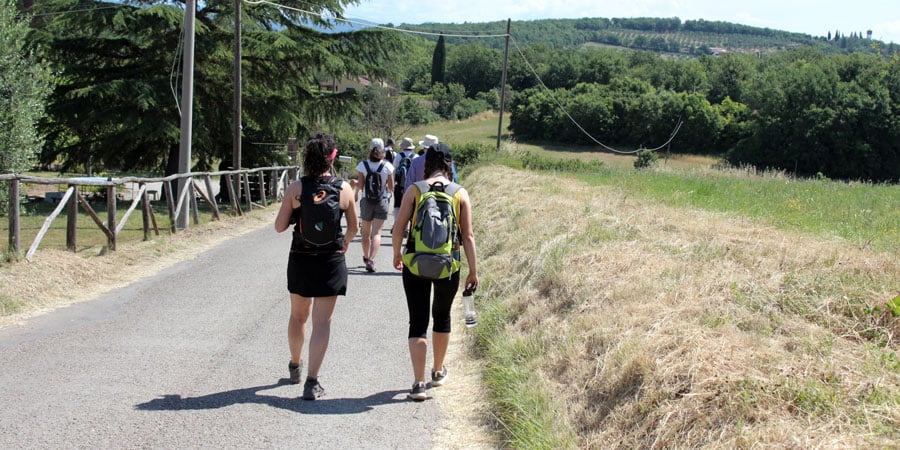
Encounters on the Way
The Camino is rich in human connection. You’ll meet pilgrims from every corner of the world. Some become lifelong friends; others are fleeting companions.
You might share a meal with a German retiree, walk for a few hours beside an Australian solo traveller, or meet a Spanish local who’s walked the route dozens of times. These encounters add layers to the experience.
But not every interaction is magical. At times, you may crave solitude. You may meet people whose pace or perspective clashes with yours. It’s all part of the journey.
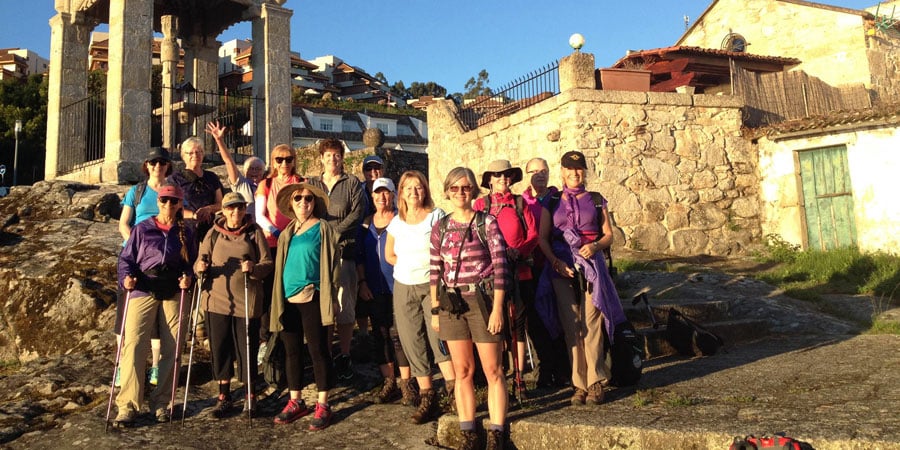
Accommodation and Food: The Unexpected Joys
Don’t expect luxury, but do expect comfort and charm. From historic guesthouses to cosy rural hotels, your bed at the end of a long day matters more than you might think.
Food is a highlight—especially in Galicia, where fresh seafood, empanadas, and pulpo a la gallega (octopus) take centre stage. And of course, there’s wine. Local and affordable.
Not every meal is memorable, and not every bed is soft. But the Camino rewards those who embrace its rustic charm.
For those who prefer hand-picked places to stay, and luggage transfers to lighten the load, here’s a sample Camino itinerary.

Is It a Pilgrimage or a Holiday?
Here lies the paradox.
Some walk for God, others for Instagram. Some for healing, others for a tan. Does it matter?
Historically, the Camino was a deeply religious act. Today, it’s whatever you need it to be. And that’s part of its appeal. Whether you’re spiritual, sceptical, or somewhere in between, the Camino accommodates you.
Still, the question lingers: can a journey mean something just because we want it to?
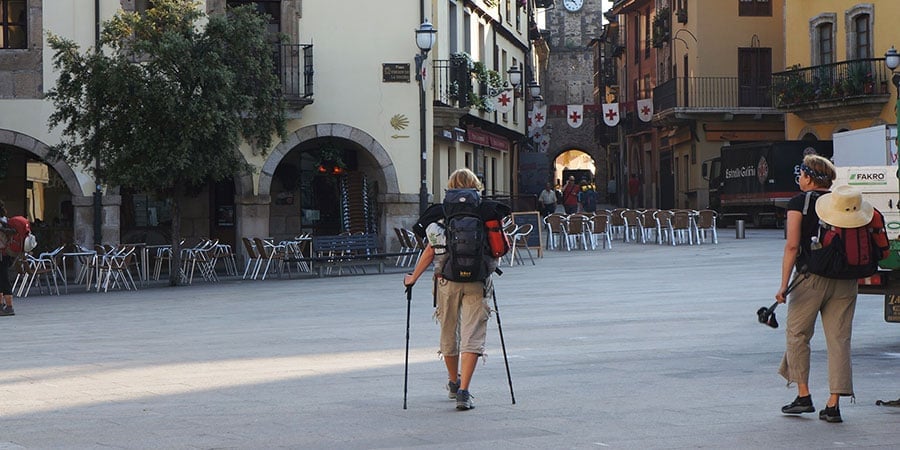
The Compostela: Certificate or Closure?
If you walk at least the final 100km (from Sarria, for example), you’re eligible for a Compostela certificate from the Pilgrim’s Office in Santiago. For some, it’s a treasured memento. For others, a mere piece of paper.
What truly matters is how you feel when you arrive. Are you changed? Do you feel peace? Or simply pride?
Many report a sense of anticlimax. The Cathedral in Santiago is stunning, but the real journey, they say, was the one that happened on the road.

When Is the Best Time to Go?
Spring and autumn offer ideal walking conditions—mild weather and fewer crowds. Summer brings heat and more pilgrims, but also more buzz. Winter can be harsh but peaceful.
Your experience will depend heavily on the time of year. Check this best time to walk the Camino guide for advice.
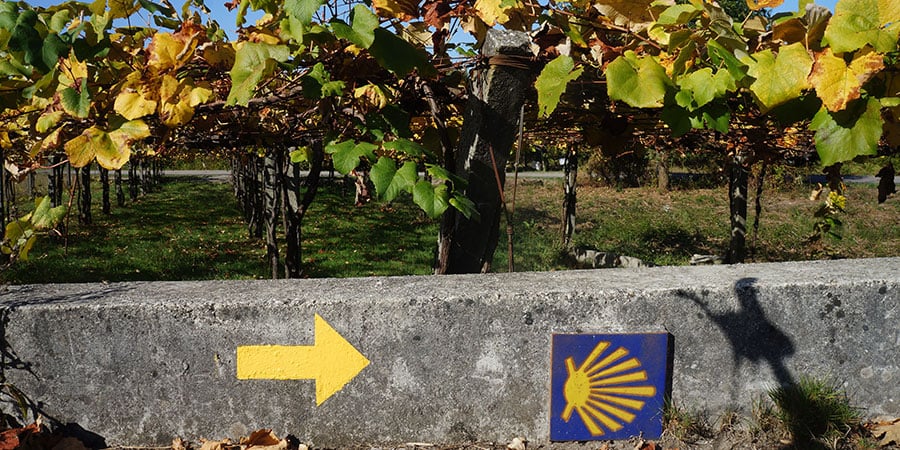
So, Is the Camino Experience Worth It?
That depends on what you’re seeking.
If you want luxury, predictability, and perfection, perhaps not. If you’re open to uncertainty, effort, and occasional discomfort, then yes—the Camino may surprise you.
It’s not always beautiful. It’s not always profound. But somewhere between the first step and the final stamp, something often shifts.
And maybe that’s enough.
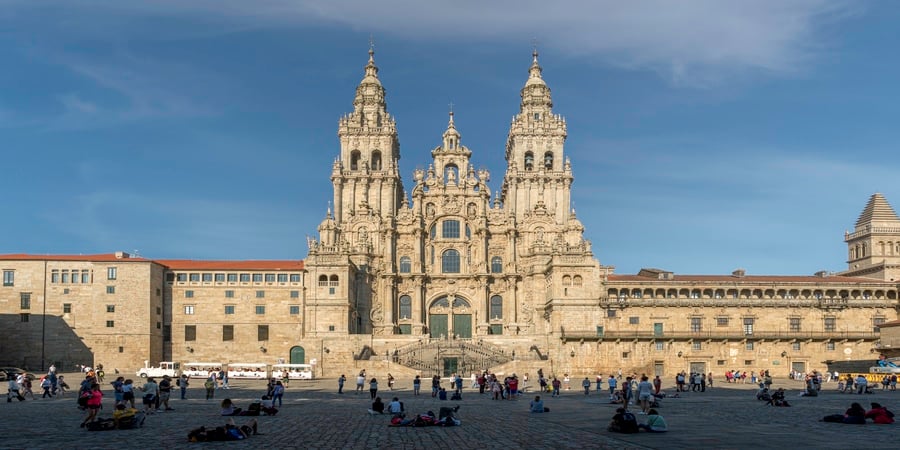
Frequently Asked Questions (FAQ)
Q: Do I need to be religious to walk the Camino?
A: No. While it began as a religious pilgrimage, people walk the Camino for many reasons—spiritual, cultural, personal, or even just for fun.
Q: How long does the Camino take?
A: It depends on the route. The full Camino Francés takes around 4–6 weeks. Shorter options like the final 100km from Sarria can be done in a week.
Q: Is it safe to walk alone?
A: Yes, the Camino is considered very safe. Many solo walkers, especially women, report feeling secure and supported.
Q: Can I cycle the Camino?
A: Absolutely. Cycling is a popular alternative. The Camino is well-marked for both walkers and cyclists.
Ready to explore further? Plan your route with helpful tools or contact us.
